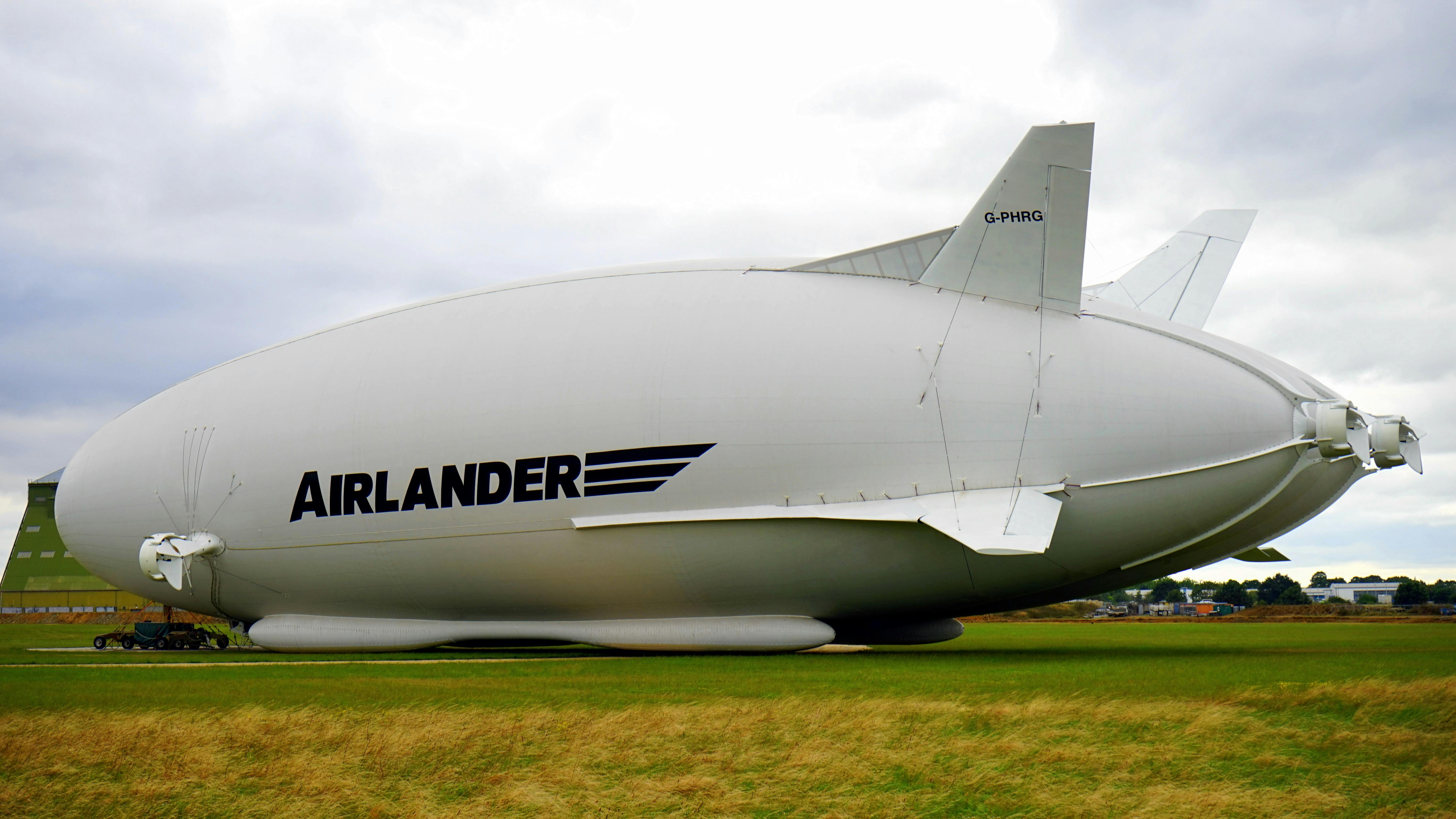Sweeping the Skies: The Modern Renaissance of Airship Travel
As the world becomes more conscious of its carbon footprint, there's a growing interest in slower, more sustainable modes of travel. Surprisingly, an old form of transportation is making a quiet comeback, capturing the imaginations of adventurers and environmentalists alike. Welcome to the renaissance of airship travel.

The Historical Context of Airships
Airships, commonly known as blimps or zeppelins, were once the grand dames of the sky. These massive, cigar-shaped vessels debuted in the late 19th century and were particularly popular in the 1920s and 1930s, providing an elegant and leisurely mode of travel that epitomized the era’s spirit of adventure and innovation. However, a series of high-profile accidents, including the Hindenburg disaster in 1937, coupled with the rapid development of faster and more efficient airplanes, led to a decline in their use.
The Resurgence of Airship Travel
Today, amidst growing concerns about the environmental impact of aviation, airships are experiencing a revival. Modern designs, incorporating advanced materials and technology, are safer, more efficient, and less polluting than their predecessors. They offer a unique blend of speed and efficiency, bridging the gap between ground and air travel. Moreover, airships can access remote locations without the need for runways or infrastructure, making them ideal for eco-conscious explorers and researchers alike.
Advantages, Challenges, and Impact on Travelers
Airship travel offers a unique perspective, allowing travelers to enjoy panoramic views and slower-paced journeys that hark back to the romantic era of exploration. It also opens up opportunities for tourism in remote and fragile environments, like the Arctic, without causing significant damage or disturbance.
However, airships do face challenges. They are slower than airplanes and are more susceptible to adverse weather conditions. Infrastructure for airship travel is also limited, although this is gradually changing as interest in this mode of transport grows.
The Role of Research in Airship Development
Research has been crucial in overcoming the limitations associated with airships. Modern designs are lighter, faster, and more maneuverable, and use helium - a non-flammable gas - instead of hydrogen. Innovations in energy efficiency, such as solar power and hybrid electric propulsion, are also being explored.
Practical Tips for Airship Travel
- Plan your journey well in advance: Unlike commercial flights, airship services are not yet widespread, so booking early is essential.
- Dress appropriately: Cabin temperatures can vary, so layering is recommended.
- Be flexible: Weather conditions can affect airship schedules.
In conclusion, the modern renaissance of airship travel offers a unique and sustainable alternative for adventurous travelers. With their blend of history, romance, and innovation, airships are not just a mode of transportation, but a destination in themselves, offering a fresh perspective on the world from a lofty height. As we navigate the future of travel, these gentle giants of the sky remind us that sometimes, the journey can be just as thrilling as the destination.






